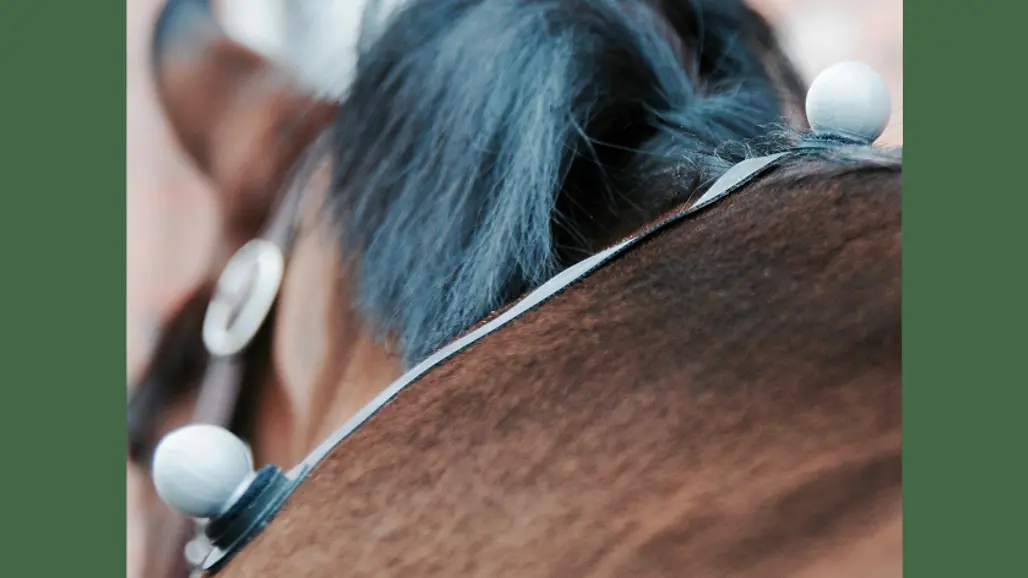
The movement of the horse's withers can show which leg is lame
When a horse that lame on a front leg relieves its bad leg, it nods its head. However, studies have shown that even some hind leg lameness horses can show a head movement that looks very similar. Therefore it can be difficult for veterinarians to determine which leg the horse actually has pain in.
In an international collaboration, researchers at the Swedish University of Agricultural Sciences have investigated whether objective motion analysis can be used to measure the movement of the withers in order to distinguish a foreleg halter from a head nod coming from a hind leg halter. The study was conducted in collaboration with four major equine clinics. Motion analysis data from 317 horses that had undergone a lameness examination where the lameness could be extinguished with local anesthesia were included in the study.
The study showed that in about one third of the hind leg lameness horses, the head nodding was large enough for the lameness to be easily mistaken for a front leg lameness. However, in the majority of these, the movement of the withers could be used to understand that the pain was in the hind leg.
The results have shown a new method to more easily distinguish front leg lameness from hind leg lameness and thus increase the safety of the diagnosis of orthopedic injuries in horses.
The study was funded by the Swedish Horse Research Foundation.
Link to the publication
https://doi.org/10.1111/evj.13947
Reference
Persson-Sjodin E, Hernlund E, Pfau T, Andersen PH, Forsström KH, Byström A, et al. Withers vertical movement symmetry is useful for locating the primary lame limb in naturally occurring lameness. Equine Vet J. 2023.